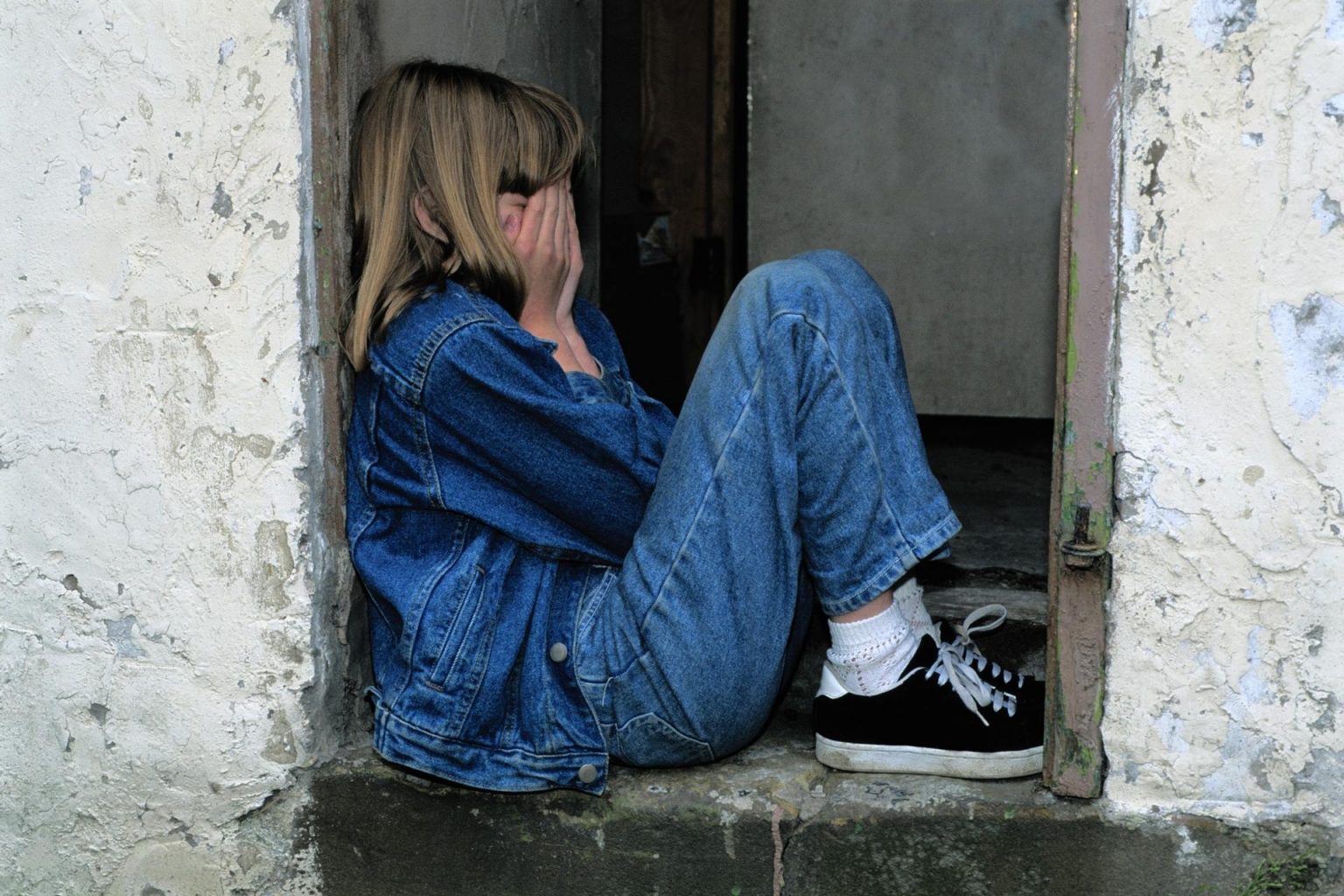Pink Shirt Day, an event originating in Halifax, Nova Scotia, has grown into a global movement against bullying. It all started with two students who turned a moment of cruelty into an inspiring act of solidarity, creating a lasting impact for kindness and inclusion.
Halifax, Nova Scotia, is known for a lot of things: It's a beautiful place to live and to visit, its beaches and coastlines are revered, the east coast music scene and the fish and chips are second to none. But the maritime province is also where Pink Shirt Day—recognized around the globe on the last Wednesday in February—got its start. In 2007, a Grade 9 student was bullied and threatened when he showed up for his first day of high school wearing a pink shirt—a shirt he no doubt thoughtfully picked out ahead of his big day.
You know that saying, “If you see something, say something?” Grade 12 students David Shepherd and Travis Price took note of the bullying. But the two, along with a handful of friends, did more than just say something. They did something.
An Act of Solidarity
Using what the bullies had targeted as his kindness ammunition, Shepherd tracked down 50 pink tank tops at a local discount store and sent out a message to his male schoolmates to meet in the foyer the next day. Morning came and amongst the book bags and lunchboxes was Shepherd's plastic bag brimming with pink shirts. The bag got lighter as student after student grabbed a top to wear as a sign of support. When the boy who had been bullied the previous day arrived, he was touched and relieved to see his allies. And the bullies? The story goes, according to Price, that “they were never heard from again.”
This quick-thinking, do-gooder initiative has surged well beyond that morning in 2007, and well beyond Halifax and even Canada. Countries like New Zealand, China, Panama, Japan and more participate in Pink Shirt Day each year to support and raise awareness for a kinder, more inclusive planet.
Beyond Pink Shirt Day
Wearing your pink shirt once a year is great. But becoming an ally is something that needs to be practiced daily.
According to BullyingCanada, a resource for kids, parents and teachers, at least one in three students report that they've been bullied. Further studies paint an even more dismal picture: Bullying occurs once every seven minutes on the playground. And under teachers' watchful eyes? In the classroom, it happens once every 25 minutes. Of those instances, the majority of bullying stops within 10 seconds when peers intervene.
What Defines Bullying
Our parents' generation taught us that if a boy teases he has a crush, or if a girl is mean, she's just jealous. But these are instances of bullying, and allowing that dialogue is enabling bullying. Bullying can also include the following:
- Physical injury including shoving, hitting or punching
- Spreading rumours and defaming character
- Excluding people
- Teasing in any capacity that can hurt someone's feelings
- Enlisting the help of others to gang up on someone
And it's not just in person, either. Since the introduction of household internet in the 1990s, cyberbullying has become a major issue—it's way easier to be hurtful behind the anonymity of a keyboard. Statistics Canada found that one in 10 children in Canada have fielded online harassment. They report that 89 percent of Canadian teachers think that cyberbullying is the number one safety issue in public schools.
We'll be wearing pink this February. But we'll also be advocating and showing up year-round in support of kids who experience bullying, and to celebrate those who step in to stop it whenever they can.










